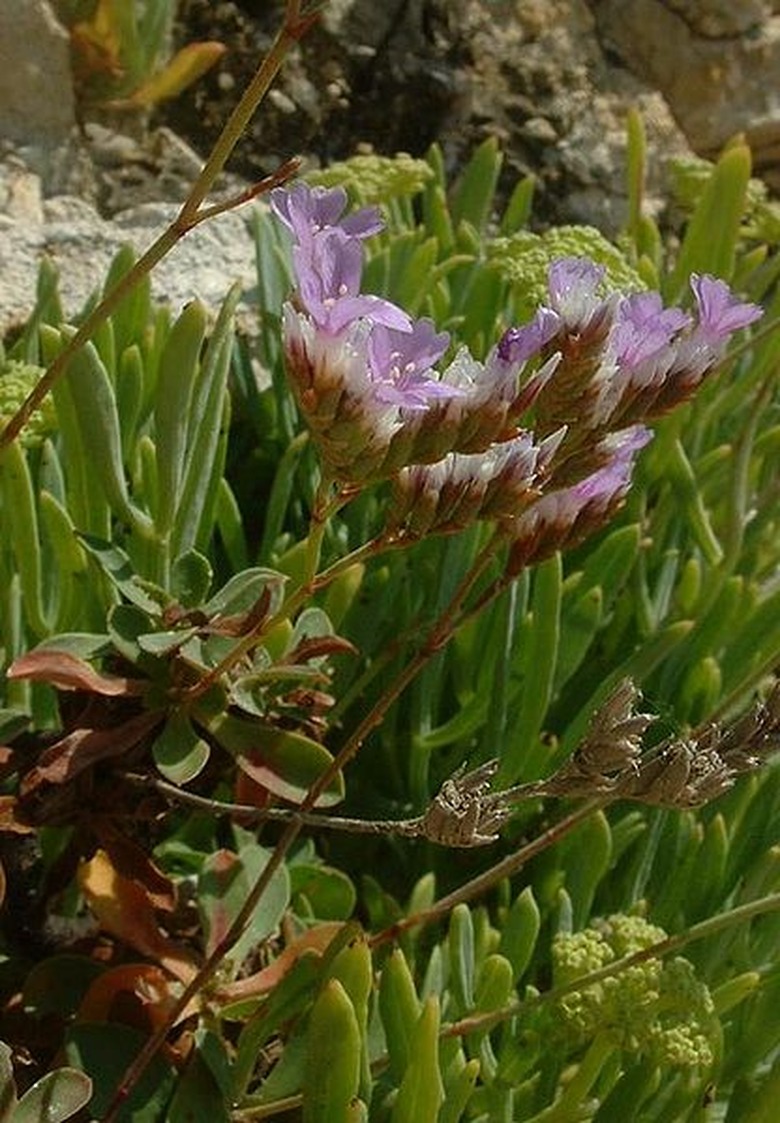How To Prune Statice
Best known as a bouquet flower with delicate blooms suitable for drying, statice is a member of the Limonium family, with both annual and perennial varieties. Statice flowers are small with paper-thin petals, and their colors range from white to yellow to purple to bi-color. Statice has a long blooming season, often continuing from spring to early fall, and spent blooms can be left on the plant for a dried bouquet in the garden. Statice prefers sandy, well-drained soil with very little fertilization.
Step 1
Clip off the spent flowers from annual and perennial statice plants to extend the blooming period. Pruning spent blooms (also called "dead-heading") interrupts the cycle of seed production and causes the plant to continue to produce new blooms. If you're harvesting flowers for bouquets or drying, be sure to cut them just after they've opened, before they've fully bloomed.
- Best known as a bouquet flower with delicate blooms suitable for drying, statice is a member of the Limonium family, with both annual and perennial varieties.
- Statice has a long blooming season, often continuing from spring to early fall, and spent blooms can be left on the plant for a dried bouquet in the garden.
Step 2
Pull annual statice plants like Limonium suworowii and Limonium sinuate out of the ground in mid or late fall. These varieties die after blooming. If you have left flowers to dry on the plant, gently remove them to save the seeds inside for planting the following year.
Step 3
Leave spent statice perennials like Limonium lacifolia and Statice tatarica in the garden without cutting them back. In the spring, clear away all the dead or dying material from the plant. Statice plants are hardy enough to withstand the winter cold without pruning or cutting back.
